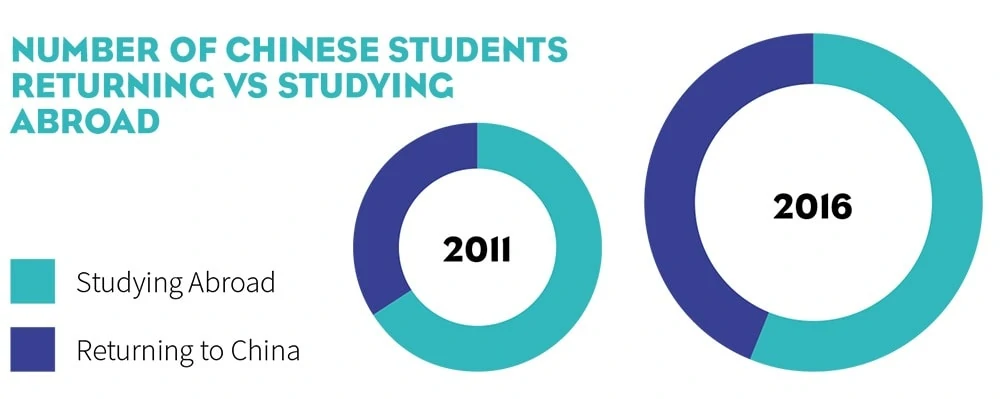Out goes the brawn and in comes the brains as Beijing looks to smarten up its population, writes Tom Pattinson
Beijing recently announced that it plans to demolish 40 million square metres of illegal structures around Beijing. That’s six times the size of Gibraltar or more space than the city of Lincoln occupies.
Last year, Beijing started bricking up buildings and areas that were deemed illegal. Most of these were buildings that housed the businesses and homes of migrants – people from outside Beijing. The campaign was ramped up in November after a fire in a building in the outskirts of the city caused the deaths of 19 people, including eight children.
These people have been dubbed by Chinese social media as the “di duan renkou” – low-end population – a term that has been already censored on the Chinese internet. Migrant workers, often working in construction and manufacturing, tend to live on the cheaper outskirts of the city in often unsafe or illegal buildings.
The push to remove migrant workers saw some success with Beijing’s population drop by 0.1 percent in 2017: 22,000 permanent residents left the capital. Beijing is still one of the most populated cities in the world, however – with 21.7 million residents, it is larger than London and New York combined.
As the Chinese New Year celebrations come to an end, it is likely that many of the migrant workers and their families who returned to their ancestral hometowns for the holidays will not be coming back to Beijing. For it’s not just the homes that are disappearing, the city has pledged to shut down 500 manufacturing facilities too. We will “ensure zero increases of such structures” this year, said Beijing’s acting mayor Chen Jining.
Returning foreign students are the holy grail for many companies
Congestion, pollution and rising house prices are some of the reasons Beijing is trying to reduce its population but it is also actively trying to shift its demographic to a more educated resident.
As well as launching new long-term visas for foreign experts, China is welcoming back Chinese graduates from foreign universities with open arms. Between 2011 and 2016 there was a nearly 57 percent growth in the number of students that graduated from overseas universities and who then returned to China.
The reasons for this are plentiful. The wage gap between top jobs overseas and in China is rapidly reducing, meaning salaries in Shanghai aren’t that different to salaries in San Francisco. China’s economy is also still booming – according to a recent Prequin report, more than $65 billion of venture capital investments were made in Greater China last year, a 35 percent increase year on year and an all-time high, second only to North America with $77 billion.
Cities such as Beijing and Shenzhen are also becoming internationally recognised as centres of innovation. China’s big tech companies Baidu, Alibaba and Tencent (BAT) all recruit the best international talent from around the world. And “sea turtles” – as Chinese people returning from overseas are affectionately called – are some of the most in-demand.
Globally experienced, internationally trained but with a deep understanding of China’s language and culture, returning foreign students are the holy grail for many companies. China’s growing dominance in the world of tech and business (combined with an anti-immigrant wind blowing in the West) has led to some big defections such as Microsoft’s head honcho Qi Lu relocating from California to Beijing in order to join Baidu.
But all this is perhaps not so encouraging for those students who graduate from China’s domestic universities. According to the Ministry of Education, the number of graduates from Chinese colleges has also increased dramatically in recent years. In 2001 there were only 1.14 million university graduates; today it is 8.2 million. And, with campaigns such as ‘Made In China 2025’ aiming to upgrade China’s manufacturing industry and increase automation, finding a place for these homegrown graduates is far from certain.



